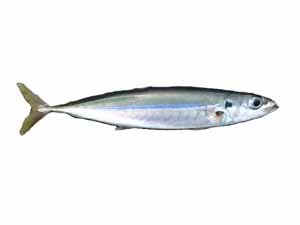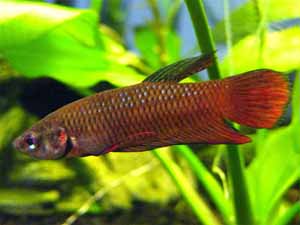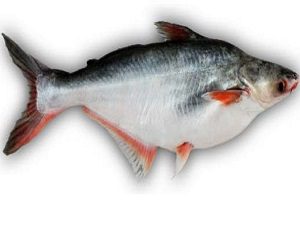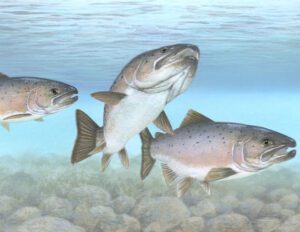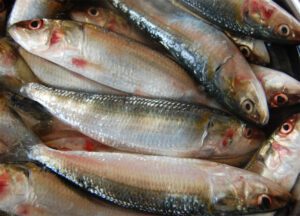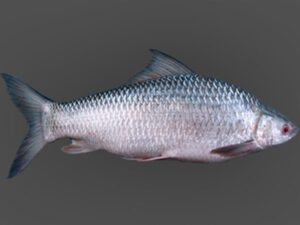The Barramundi fish is a species of catadromous fish in family Latidae. It is also called as Asian sea bass, Pla kapong, Chonak, Bhetki, Barramundi perch, Giant sea perch, Lates calcarifer, Koral fish etc.
It is widely distributed in the Indo-West Pacific region from Southeast Asia to Papua New Guinea and Northern Australia. The name ‘Barramundi’ is a loanword from an Australian Aborginal language of the Rockhampton area in Queensland. Meaning of the world is ‘large-scalled river fish’. And the name actually referred to saratoga and Gulf saratoga. The name was appropriated during the 1980s for marketing reasons. But the Barramundi fish is broadly referred to as Asian sea bass by the international scientific community (but is also known as Australian sea bass).
Today the Barramundi is farmed throughout most of it’s range. Most production of this fish is in Southeast Asia, generally from small coastal cage farms. However, read some more information about this fish species below.
Physical Characteristics of Barramundi Fish
The Barramundi fish has an elongated body form. They have a large, slightly oblique mouth and an upper jaw extending behind the eye.
The lower edge of the preoperculum is serrated with a strong spine at its angle; the operculum has a small spine and a serrated flap above the origin of the lateral line.
Scales of the Barramundi fish are ctenoid. The dorsal head profile clearly concave, and the fish is compressed in cross section.
The single dorsal and ventral fins have spines and soft rays, the paired pectoral and pelvic fins have soft rays only. And the caudal fin has soft rays and is truncate and rounded.
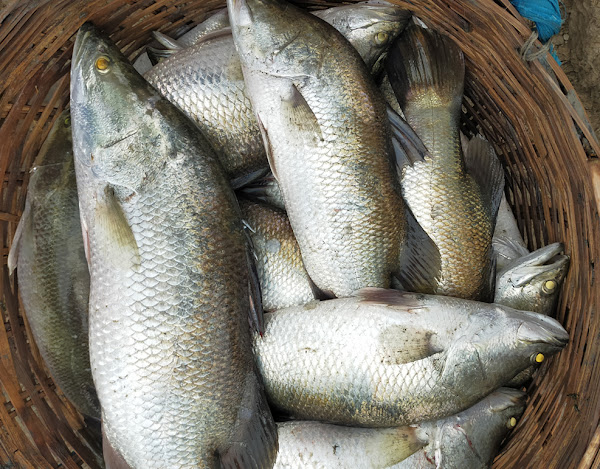
The Barramundi fish has large scales over their body. The scales are generally silver in coloration, but may become darker or lighter depending on the environment.
There are no spots or bars on their fins or body. They can reach a maximum body length of up to 1.8 meters. And their maximum recorded body weight is around 60 kg. Photo and info from Wikipedia.
Diet
The Barramundi fish are opportunistic predators. They generally eat microcrustaceans such as copepods and amphipods as juvenile fish under 40 mm. The larger juveniles eat macrocrustaceans such as Penaeidae and Palaemonidae. They start eating macrocrustaceans after reaching 80 mm, and also pelagic bony fishes.
The larger fish generally eat around 80 percent bony fish. They generally swallow their food whole, sucking their prey into their fairly large mouths. In commercial production, the Barramundi fish are now fed on compounded pellets. But trash fish is still used in the areas where it is cheaper or more available than pelleted diet.
Breeding
The male Barramundi fish migrate downriver to meet females at the start of the monsoon. The females generally lay very large numbers of eggs, which can reach several millions. The adults do not guard the eggs or the fry. The eggs need brackish water to hatch, the the fry to develop.
Uses
The Barramundi is very popular as food fish. It is economically very important and has great popularity throughout the world.
Special Notes
The Barramundi is a very important fish species. It has great commercial importance. It is raised and fished internationally, and raised in aquaculture in Australia, Malaysia, Bangladesh, Saudi Arabia, India, Indonesia, Thailand, Israel, Vietnam, Poland, United Kingdom and the United States. The Barramundi fish industry has established in Australia, with an annual production of more than 4000 tons.
The juvenile Barramundi is a popular aquarium fish. They can be very entertaining in aquarium, especially during the feeding time. They grow very fast and reach marketing weight earlier than other fish species. They have a mild flavor and a white, flaky flesh with varying amount of body fat.
Today, the Barramundi has a great market demand. And it is sold at very high price in both local and international market. However, review full breed profile of the Barramundi fish in the following table.
| Name | Barramundi |
| Kingdom | Animalia |
| Phylum | Chordata |
| Class | Actinopterygii |
| Order | Perciformes |
| Family | Latidae |
| Genus | Lates |
| Species | L. calcarifer |
| Binomial Name | Lates calcarifer |
| Other Names | Also known as Asian sea bass, Pla kapong, Chonak, Bhetki, Barramundi perch, Giant sea perch, Lates calcarifer, Koral fish |
| Breed Purpose | Mainly food |
| Special Notes | Very important fish species, commercially very important, has great demand on both local and international market, sold at very high price, juveniles are a popular aquarium fish, grow very fast, has a mild flavor and a white, flaky flesh with varying amount of body fat, today raised mainly as food fish |
| Weight | Maximum recorded weight is 60 kg |
| Breeding Method | Natural |
| Climate Tolerance | Native climates |
| Body Color | Silver to dark |
| Rarity | Common |
| Availability | Worldwide |

